The Aspen oyster mushroom (Pleurotus populinus) is part of the oyster species complex found in North America. It appears primarily on quaking aspen trees (hence the common name) but also grows on other species of aspen trees and cottonwoods.
The Aspen oyster is also commonly called the Spring oyster, but that isn’t a great name since other oyster mushroom species may appear in spring.
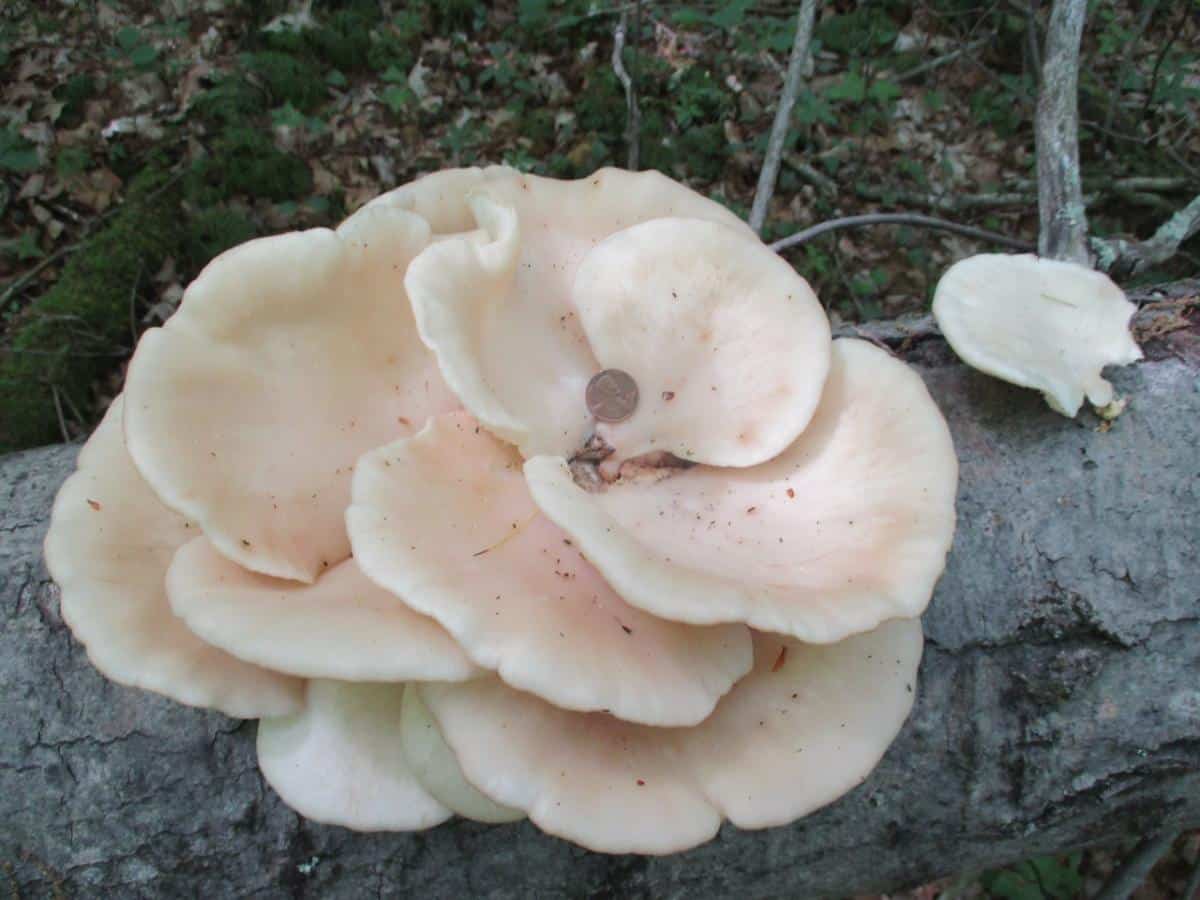
Jump to:
All About The Aspen Oyster Mushroom
The Aspen Oyster is generally found in northern, mountainous areas, following the range of their preferred tree hosts. It looks incredibly similar to the more well-known and widespread oyster mushroom, Pleurotus ostreatus. Often, the tree species is the only way to differentiate between the two.
Aspen oyster mushrooms are a “new” species, scientifically speaking. They were first separated out from P. ostreatus in 1993 and given a provisional name. In 1997, it was republished with its current name and entered into the fungi databases.
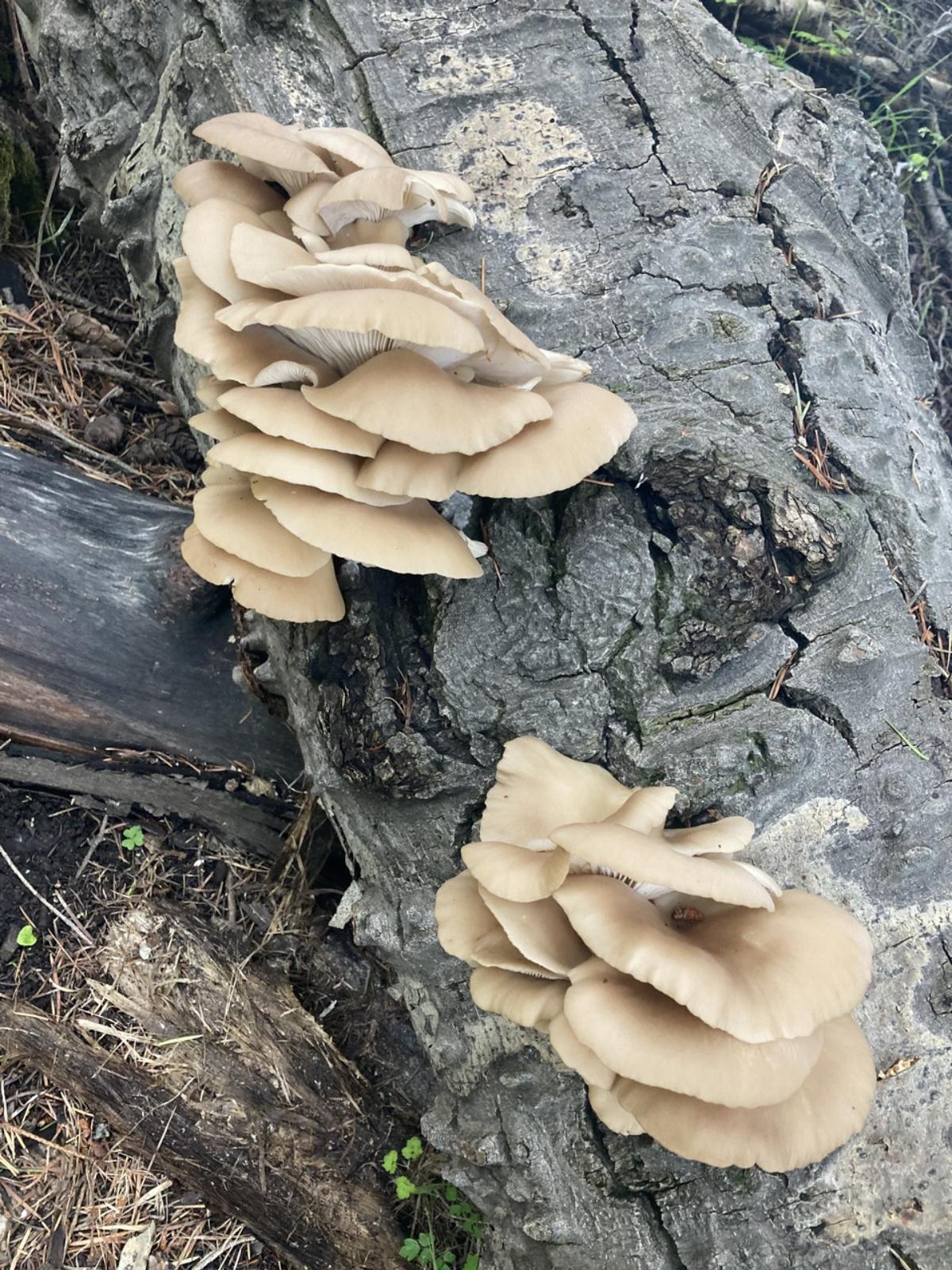
Aspen Oyster Mushroom Identification
Season
It appears anytime from spring through fall but is more common in spring and early summer.
Habitat
This oyster mushroom grows mainly on quaking aspen (poplar) trees but is also found on other aspens and cottonwoods (Populus genus). It grows on living, dead, and dying trees. The Aspen oyster mushroom is saprobic, causing a white rot that will eventually kill a tree.
Aspen oysters grow singularly but more often are found in dense shelf-like clusters. Several caps will grow out of a single base stem.
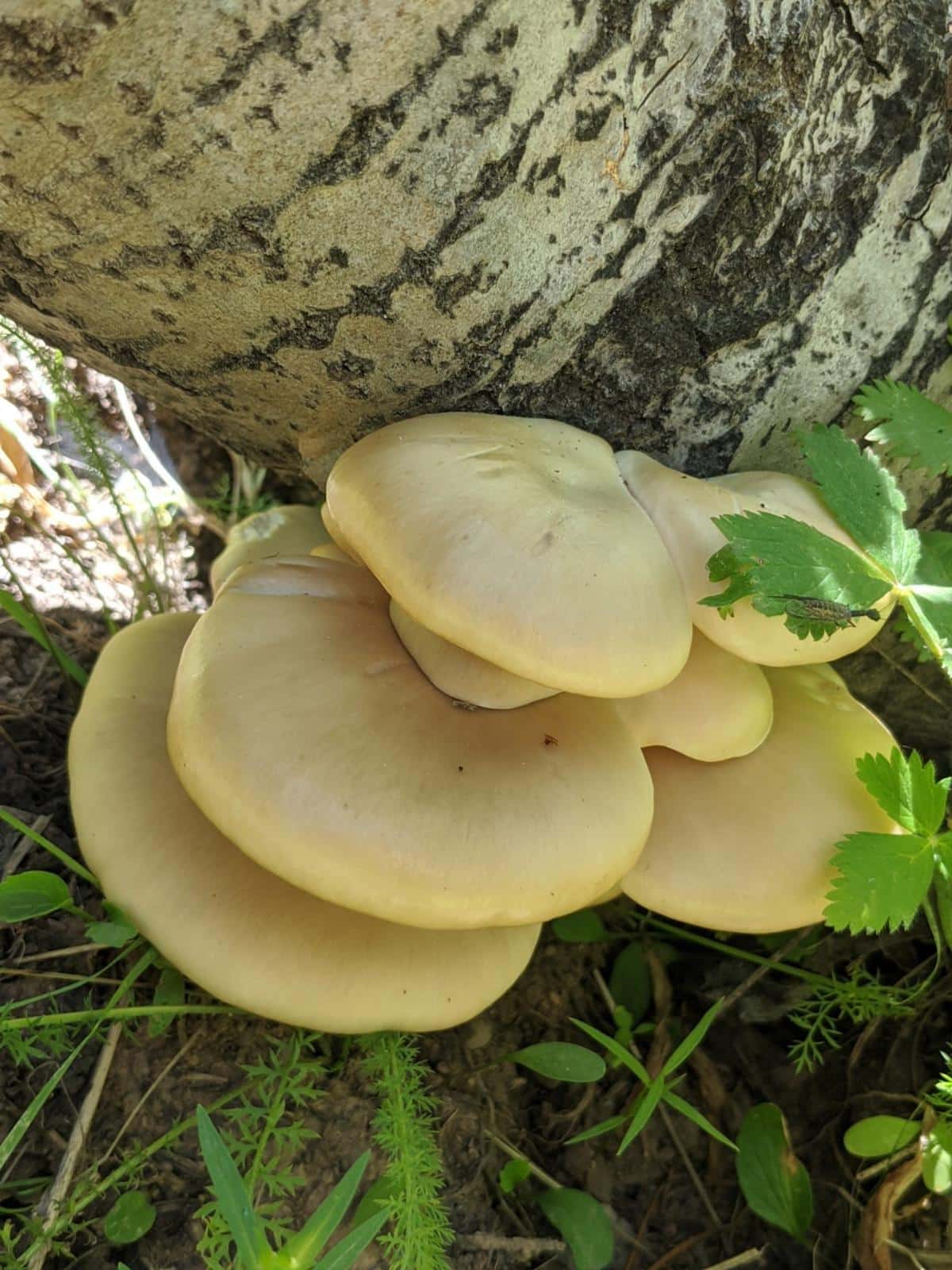
Identification
The caps of the Aspen oyster mushroom are white or cream-colored to light gray or pale tan. There is a bit of variance in the coloring. Caps are half-moon or oyster-shell shaped with a slight depression in the center. They’re also described as kidney-shaped or fan-shaped to almost circular, depending on where they are growing on the tree or log.
Aspen oyster caps are bare and have inrolled margins in youth. As they mature, the edges turn wavy and upturned. They range from 1.5-6.5 inches wide.
The gills on Aspen oysters are decurrent, meaning they run partway down the stem. Aspen oyster gills are white or cream-colored and closely spaced. The stem on this mushroom is often nonexistent or very short. It is also white or cream-colored and may be slightly hairy.
Aspen oyster flesh is white and does not change color when cut or bruised. It does not have a strong scent – it is mild and mushroomy, sometimes with a light licorice scent.
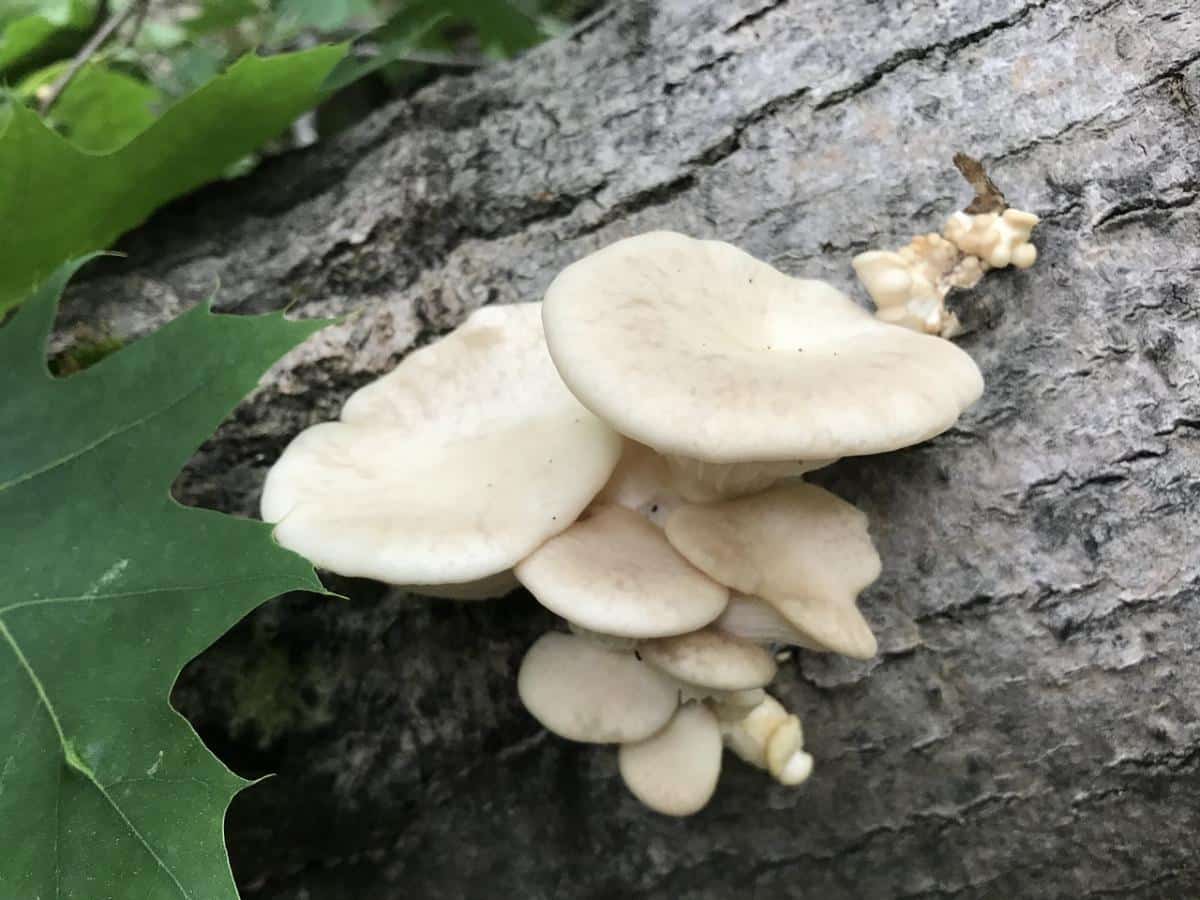
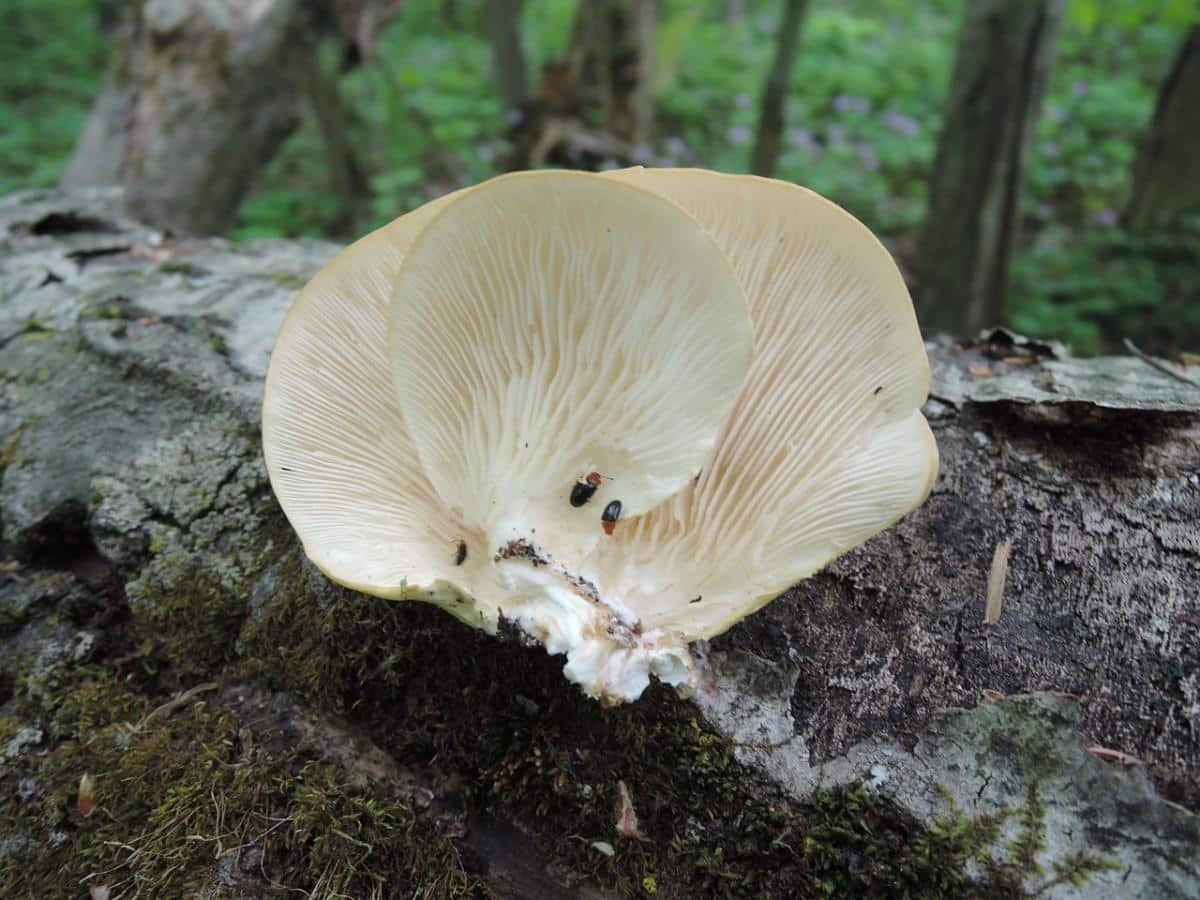
On The Lookout
Anytime you’re around quaking aspen, cottonwoods, or other trees in this genus, keep an eye out for Aspen oyster mushrooms. They will grow anywhere on the wood, from way up high in the tree to logs splayed across the ground. These mushrooms are more likely to be found on dying or dead trees or logs, so be especially attentive around these.
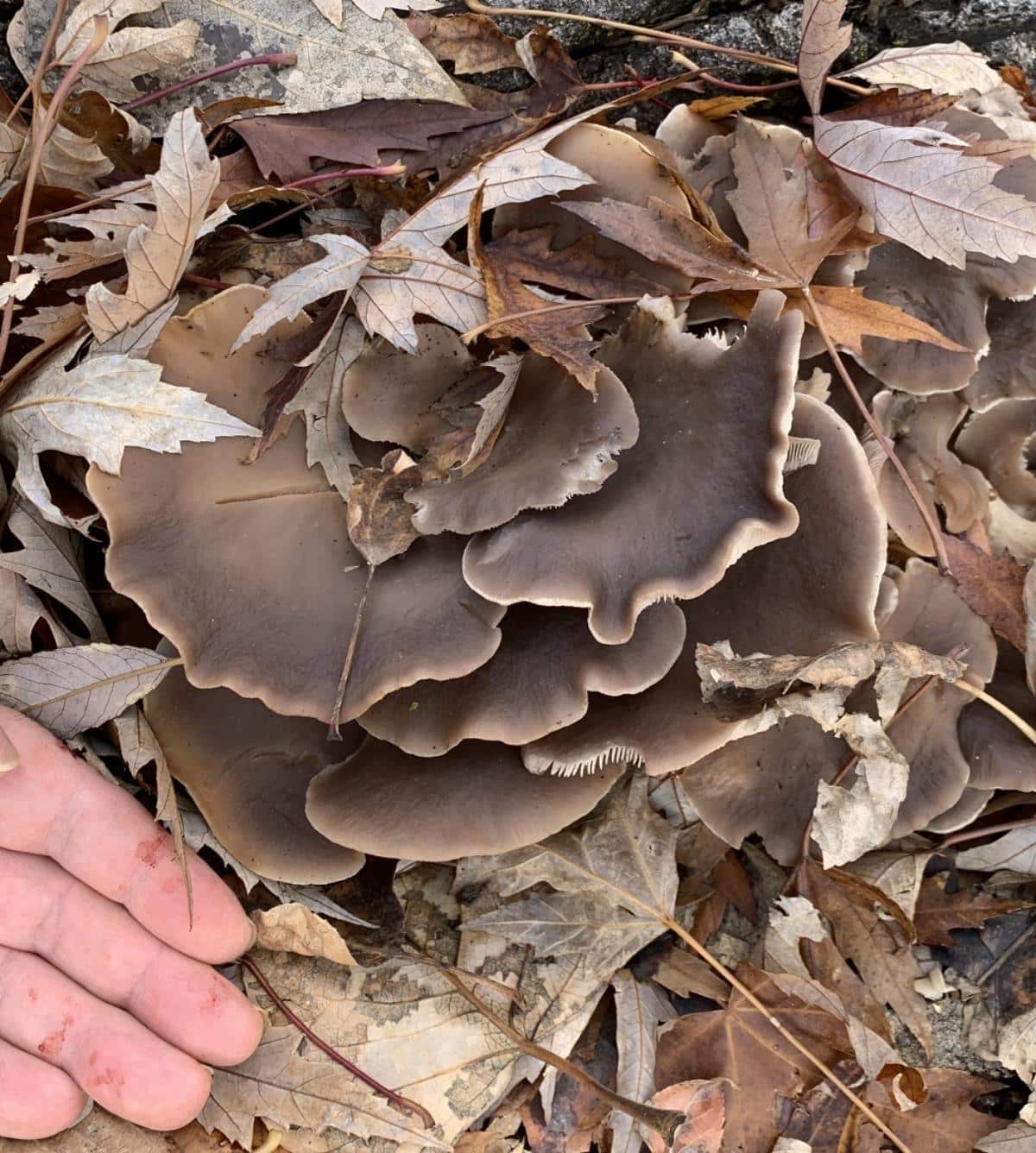
Aspen Oyster Mushroom Foraging
Like all oyster species, these mushrooms get infested by bugs quickly and easily. They’re also a favorite snack of slugs, chipmunks, and other forest creatures. If you find some in good condition, harvest them! Don’t wait with this species.
Aspen oysters are best used within a few days of harvesting. Store them in a brown paper bag in the refrigerator until ready to use.
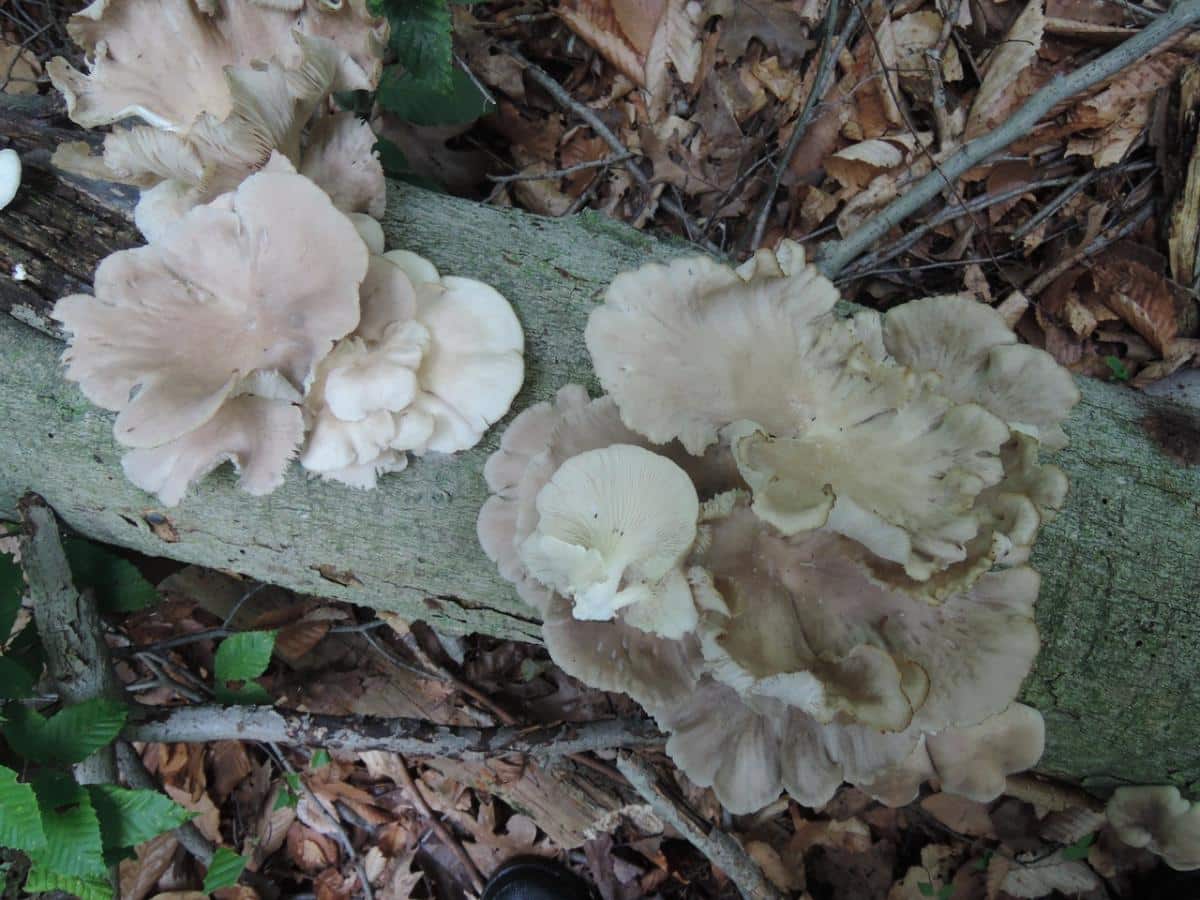
Aspen Oyster Mushroom Lookalikes
As mentioned previously, the Aspen oyster mushroom looks almost exactly like the common oyster mushroom, P. ostreatus. The main way to tell these apart is by tree species. To learn more about P. ostreatus, check out the in-depth guide here.
In addition to looking like the common oyster, the Aspen oyster also resembles all oyster mushrooms, including the Veiled oyster. Thankfully, all of these species are edible so there are no worries if you mix them up.
Lastly, there is one species of potentially dangerous mushroom that many people confuse with oyster mushrooms. Angel wings look similar, but there are some key differences, especially compared to the Aspen oyster. The Angel wing mushroom grows primarily on conifer trees and is not likely to ever be on aspen or cottonwood.
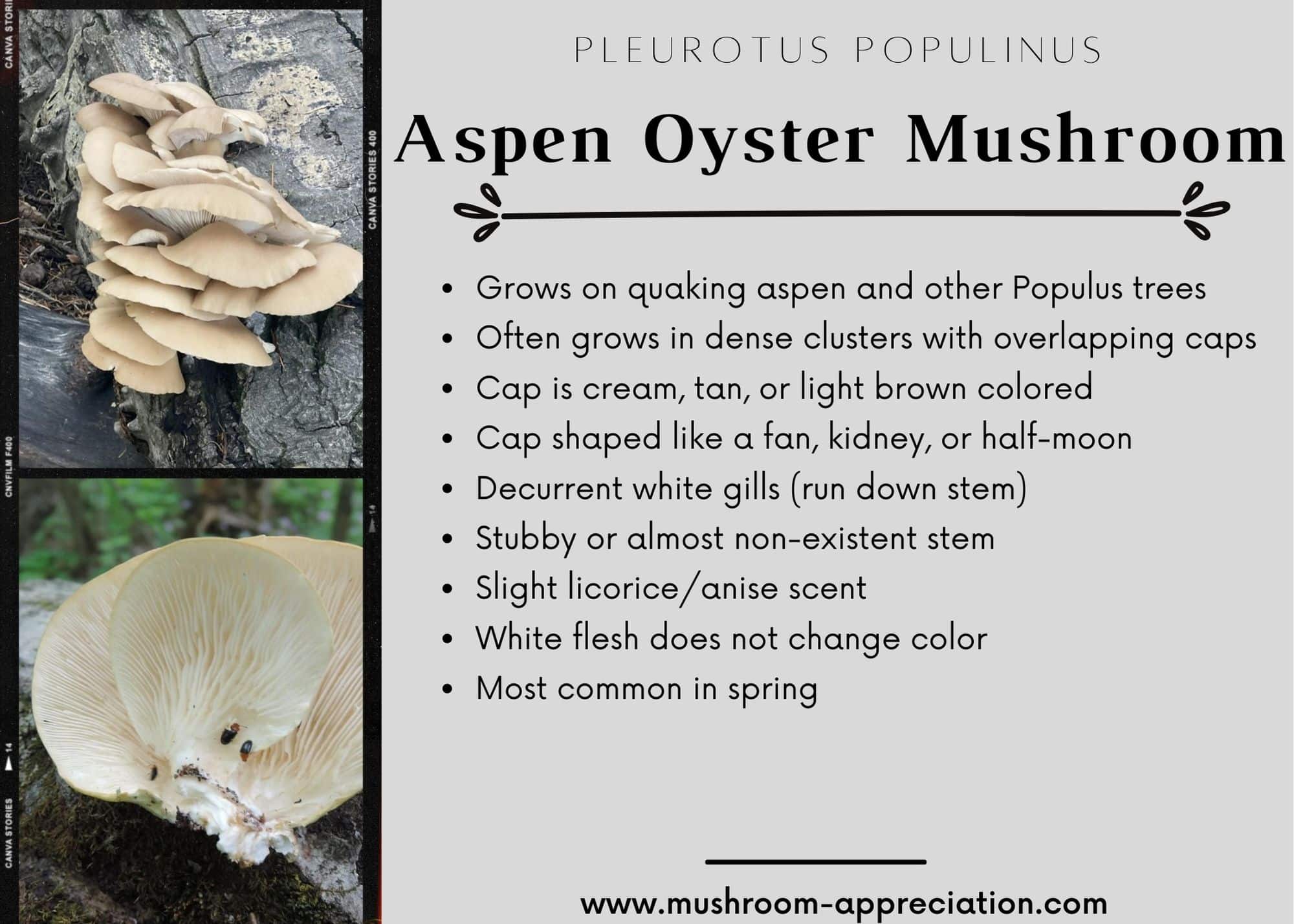
Aspen Oyster Mushroom Common Questions
Is the Aspen oyster edible?
Yes, it is an excellent edible mushroom. Use it in any recipe that calls for oyster mushrooms.
When should I look for the Aspen oyster?
The best time to start hunting for Aspen oysters is in spring and early fall around aspen trees and other trees in the Populus genus.

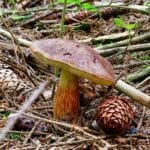
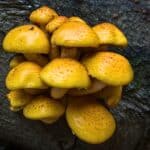
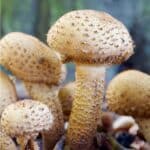
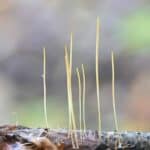
John Brian
Thank you for the great pictures, now I know what type of mushroom is on our property.
Jenny
Yay! So glad the guide was helpful and happy foraging!!
Victor
I found a 3 huge stacks of mushrooms that look like this. They were growing round the bottom of the cut down tree stump and in the ground around that stump. The the description you gave followed everything that these mushrooms I found were. I was in a mixed conifer/ Aspen Forest in Eastern Arizona last week of August. We though for sure they were oysters or a North American chanterelle at first but then I saw your post on Aspen Oyster Mushrooms and it followed your description and photos to the T. One problem was they didn’t have a smell at first but more I washed them, they smelled heavily. Almost like a body odor or curry smell. After 3 days of leaving the forest I couldn’t get that smell out of my nose.I threw them out even though I didn’t want to. Do Aspen Oyster Mushrooms release a smell after being washed like this?
Jenny
I’ve never heard of aspen oysters smelling strongly. I’m not sure what you had. Maybe something like https://en.wikipedia.org/wiki/Leucocybe ? or this https://www.mushroomexpert.com/lyophyllum_decastes.html
Patricia
Hi I found this mushroom growing out of our aspens but the only difference is the gills, it’s solid underneath, no gills?? Is this still oyster?
Jenny
If it doesn’t have gills, definitely not an oyster mushroom. Solid underneath probably means it is a polypore species https://www.mushroom-appreciation.com/introduction-to-polypores.html